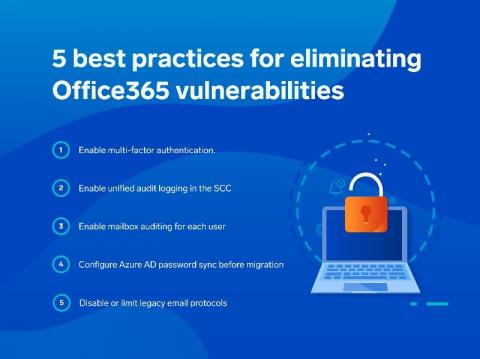10 things to know about cybersecurity in 2020
Cybersecurity talent is elusive, resources are dwindling, but hacks are on the rise. We’re addressing these challenges as “must-haves” as we kick off the year is essential to an organization’s cybersecurity strategy. Here are some of the 10 things to know about cybersecurity in 2020. (If you’re interested in hearing more, register for a Cygilant and AT&T Cybersecurity webinar on the topic February 6).










